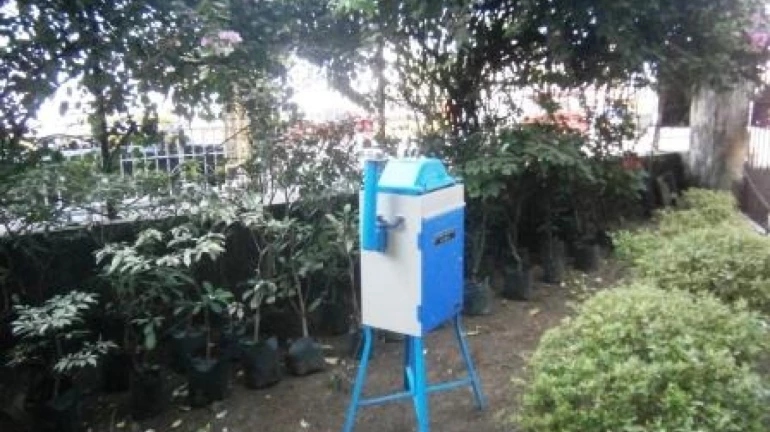
Centre for Science and Environment (CSE) issued a report about air quality monitoring stations across India. The report stated Maharashtra has the highest number of monitoring stations that do not meet pollution mapping criteria.
As per the CSE report, only 13% of India's cities and towns have air quality monitoring stations, and only 12% of cities comply with national air quality standards. This means that the grid for monitoring air quality does not cover nearly half of the country’s population.
The report raises concern regarding monitoring station performance, particularly for important pollutants like ozone and PM2.5. In Maharashtra and other districts, efforts are being made to increase the number of monitoring stations.
Lead researcher from this report, Avikal Somvanshi, said, “We have analysed data available on Central Pollution Control Board (CPCB)’s portal and from previous publications. We discovered that numerous stations do not comply with the standards and that several stations have been inactive for a long time, with no data submitted from these stations in recent times.”
There are 15 stations based in Pune. Five stations were put up by the Maharashtra Pollution Control Board (MPCB) in Pune City and Pimpri-Chinchwad area. In both the cities, System of Air quality and Weather Forecasting And Research (SAFAR) - Indian Institute of Tropical Meteorology (IITM) has 10 stations. Five more MPCB stations are undergoing tests. However, it is still difficult for citizens to access real-time data on air pollution.In India, there are 4,000 cities and towns. The report states that only 12% of these 4000 cities and towns have air quality monitoring systems that are amenable to the National Ambient Air Quality Standards and the clean air targets under the National Clean Air Programme (NCAP) and only 200 cities monitor all six key criteria pollutants.
This places 62% of the population and roughly 47% of the total population outside the real-time monitoring network's and manual monitoring grid's maximum detection radii, respectively.
According to the Continuous Ambient Air Quality Monitoring Stations (CAAQMS) standard, real-time stations are required to send data every 15 minutes regarding the Maharashtra air quality monitoring network, and a complete set of data is deemed to be at the value of 75% or more of scheduled monitoring.
But the report suggests that Maharashtra with its 15 working and 5 under testing phase stations, has the highest number of stations that do not reach the 75% valid 24-hour values in 2022. It was followed by Karnataka with 16 stations and Gujarat with 12 stations.Akhil Somvanshi also noted that the number of manual and automatic monitoring stations in Maharashtra has expanded over the last decade but performance was not efficient. The performance of these stationsare highly concerning, particularly for key pollutants like PM 2.5 and ozone.
Maharashtra Pollution Control Board Officer, Nitin Shinde, said, “Efforts are being made to increase the number of monitoring stations in the state.”“The majority of existing stations are manual stations that require a person to go to the station, collect samples, and send them to the lab for examination,” he further added.





